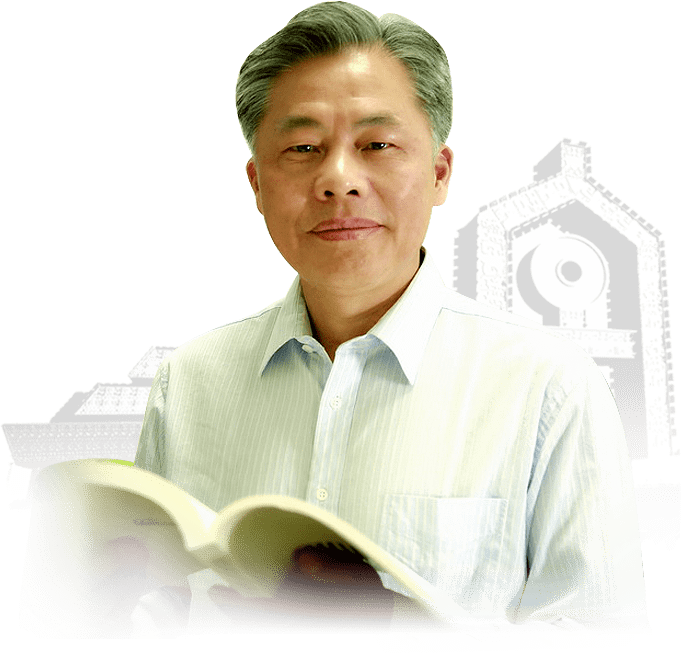
Chinese civilization has a long and profound history. Chinese characters play a vital role in inheriting and developing Chinese history and culture. The history of Chinese characters can be traced back to as early as the Xia dynasty. The discovery of oracle bone inscriptions in Yin Ruins in Anyang 120 years ago revealed the basic features of language and characters during the Yin-Shang period. In the long river of history, the stability and continuity of the Chinese character system has enabled the sustainable development and preservation of Chinese historical and cultural forms, and the spirit of Chinese culture has been able to remain consistent and unbroken, shining brightly to this day.
The National Museum of Chinese Writing, located in Anyang, is the only national-level museum in China dedicated to the theme of characters. Anyang is a holy land of Chinese writing, and the Yin Ruins, the capital of the late Yin and Shang dynasties, unearthing over 100,000 oracle bones that recorded and preserved the history of the late Yin and Shang dynasties for more than 200 years, making them precious samples of language and writing in that era. The Yin Ruins have been listed as a World Heritage by the United Nations Educational, Scientific and Cultural Organization, and oracle bone inscriptions have been listed on the Memory of the World. The reason behind the creation of this distinctive character museum in Anyang is the city's deep historical and cultural heritage, along with the significant unearthing of oracle bones.
Since its opening in 2009, under the care of relevant national ministries and commissions, the Henan Provincial Government, and the Anyang municipal government, with strong support from relevant cultural and museum departments and units across the country, the Party Committee of the museum, along with its two curators, Feng Qiyong and Li Xueqin, has led all museum staff in taking on the responsibility of inheriting and promoting the culture of Chinese characters, exploring and innovating, and making unremitting efforts. Through various thematic exhibitions and colorful activities, the museum has gradually established its own brand, making a broad impact domestically and internationally and better reflecting the functional positioning and building purpose of the National Museum of Chinese Writing. It has played a unique role in inheriting, disseminating, and promoting excellent traditional Chinese culture, especially Chinese character culture, achieving remarkable results.
Since the 18th National Congress of the Communist Party, General Secretary Xi Jinping has made several important speeches on promoting outstanding traditional Chinese culture. In May 2016, at the National Symposium on Philosophy and Social Sciences, General Secretary Xi Jinping pointed out the importance of developing “abstruse disciplines” and niche disciplines with great cultural value and heritage significance. These disciplines may have limited relevance to our modern society, but they need to be able to be developed and applied when needed, as the old saying goes, “A thousand days the country nurtures its soldiers and all for one day's battle.” Some disciplines are vital to cultural inheritance, such as the study of ancient Chinese characters including oracle bone inscriptions. It is important to prioritize these disciplines and ensure that they are carried out and passed on. The speech of General Secretary has pointed out the direction for the work of our museum. To implement the spirit of the General Secretary's speech, the museum has been actively soliciting excellent oracle bone script interpretation from the society and participating in the work of oracle bone script interpretation under the background of big data and cloud platform technology. These efforts greatly enhanced the academic stature of the museum and expanded its social influence.
Since the opening of the National Museum of Chinese Writing, although much pioneering work has been done, experience has been gained, and outstanding achievements have been made, the inheritance and promotion of excellent traditional Chinese culture is a long-term historical task. The journey to promote Chinese character culture is still on-going and not yet concluded. Against the backdrop of the great development of the national economy and society, as well as the prosperity of culture, the museum should undertake its mission with a high degree of cultural awareness. I am eager to work with museum colleagues and all sectors of society to seize opportunities, face challenges, and build upon past work to create new glory for the National Museum of Chinese Writing, making new and greater contributions to contemporary cultural construction.




